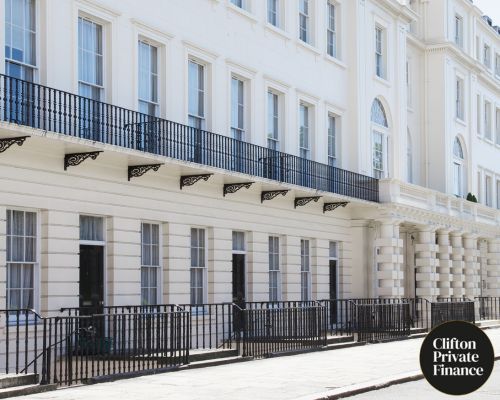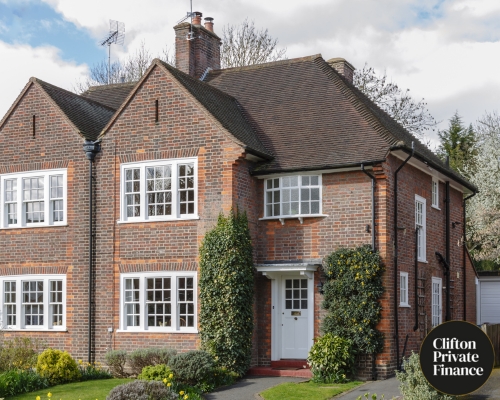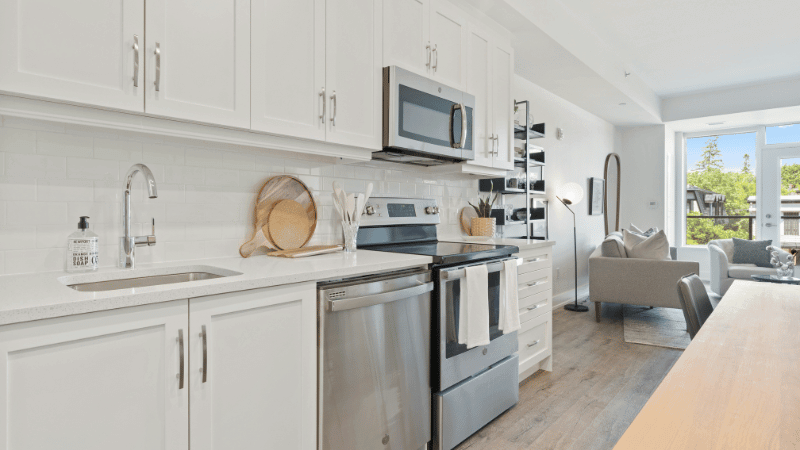Categories
How Long Is A Bridging Loan For?

For as long as you need it, and as short a time as possible. This is an expensive form of borrowing which is extremely useful for its intended purposes. It can be arranged quickly and used to plug a property financing gap.
But you don’t want to be paying the interest rates for longer than you need to. So here’s how it works.
What would you use a bridging loan for?
A bridging loan is a bespoke form of short-term property finance. That means the term of the loan will depend on what you need it for. For example:
- You’re being pushed to complete on the house you want to buy, but you haven’t yet sold your current home
- You’re intending to “flip” a property: buy, do some quick improvements, and sell it on. So arranging a 25-year mortgage isn’t suitable
- You’re buying at auction and will need time to set up a mortgage
- A property you’ve bought needs substantial improvements before it will be mortgageable
How long can a bridging loan be for?
- Bridging loans on residential property are usually offered for up to 12 months
- In special cases, and if you can offer a low loan-to-value (LTV) – say you’re able to put in 30% of your own capital – bridging finance may be available for up to 18 months
- For longer than this you would want to be looking at a different type of finance, such as a development loan.
- Most bridging loans are repaid within six to seven months
- After the first month, you can repay at any time, usually without any exit fees

How will you pay off your bridging loan?
Every bridging loan that’s arranged has an exit strategy agreed with the lender – the means by which you’re going to repay it. You might be planning to:
- Sell the property after renovations are complete
- Arrange a long-term mortgage on it
- Sell another property to pay off the loan
When the loan is set up the lender takes a "charge" against your property, registered with the land registry, which means that ultimately they can repossess if you don’t repay the loan.
But it’s not good business for lenders to have to repossess properties to get their money back. As the term date for your loan approaches they’ll be in touch with you to make sure you’re on track for repayment. If things are looking uncertain they may offer advice, for example on marketing a property for sale.
Have a fall-back plan for if things go wrong: for example, a bottom-dollar price you can sell at and still break even.
How much does a bridging loan cost?
Interest costs
- Interest rates are quoted per month, rather than annually, because you can repay in a matter of months
- After the first month minimum, interest is calculated daily
- For example: you take out a £100,000 bridging loan on 1st August at 0.75% monthly. If you repay it on 6th September you pay one month’s interest (£750) plus 6 days’ interest (£148) = £898 in interest. (Plus the loan set-up fees.)
You can opt to repay interest in a couple of ways on a loan for an investment property (any property that isn’t your home).

1 "Servicing" the interest
You arrange to pay the set-up fees upfront and make an interest payment monthly – just as with a mortgage.
- Cost-effective if you’ve got the cash flow to cover the monthly payments because it means you’re not paying compound interest
- Allows you to borrow up to the maximum of your LTV
Arranging for the interest (and most of the fees) to be "rolled up"
That means they’re added on to the total loan, and repaid at the end (apart from legal fees and the cost of valuation, which need to be paid at the outset).
- You don’t have to worry about servicing the loan along the way – your exit plan pays the interest
- You can use all your available cash on the project
- You do end up paying compound interest
- And the maximum of your loan plus the interest costs needs to fall within your allowed LTV
If you’re looking for finance on your own home your bridging loan will be a regulated loan, which means that the interest charges must be rolled-up. (This is to help protect your home, taking into account that you will have personal costs that you need to keep up with.)
Set-up fees
In addition to the interest rates on a bridging loan there are a range of set-up costs that need to be paid – similar for those of a longer-term mortgage, but they can seem more painful when applied to loan covering months rather than years.
Fees include the usual search fees and land registration fees, the lender’s valuation fee (which you need to pay) and both your legal fees and the lender’s (which you may be able to minimise by using the lender’s solicitor to do your own legal work as well).
Then there’s the lender’s arrangement or facility fee of around 2% and your broker’s fee (which will be least of all the professional fees).

Arranging a bridging loan
It does all begin to sound expensive. This is a very useful form of finance for property, but it can be complicated comparing different rates and terms and understanding what set-up will work best for you. For an indicative quote use our bridging finance calculator
A specialised broker will be able to talk through your plans and your personal circumstances, and identify the bridging loan lender who has the right product for you, or can be persuaded to meet your particular needs.
Call us on 0117 959 5094 to discuss your requirements.
















